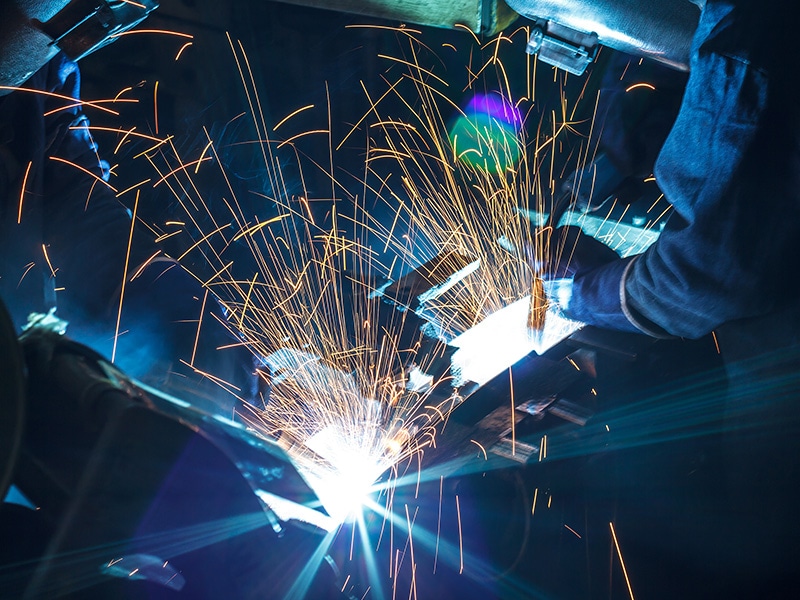Mar 8 2019
Each day, many people may not perceive but come across goods made of exotic or advanced metals.
 A Purdue University team created a method for applying a designer surface-active agent to the surface of a metal to make it easier to cut and shape the material into parts and pieces. (Image credit: Stock photo)
A Purdue University team created a method for applying a designer surface-active agent to the surface of a metal to make it easier to cut and shape the material into parts and pieces. (Image credit: Stock photo)
These metals are used in orthopedic components, aircraft, medical instruments, solar panels, cars, military equipment, and other applications. They are known as exotic or advanced due to the fact that they are difficult to obtain and are expensive to manufacture.
However, the traditional method of using advanced metals in manufacturing is expensive, partly because they show a tendency toward difficulty in shaping. Presently, a novel method for cutting these metals may help make them easier to use, leading to considerable changes in manufacturing in the future. Manufacturing is a growing industry—by 2024, it is anticipated that the world metal fabrication market value would reach $24 billion.
What we have created is a new way to approach the machining of these metals that has the potential to change manufacturing system processes. Our solution is showing great promise in making these metals more affordable to manufacture and process by making them easier to machine.
Srinivasan Chandrasekar, Professor of Industrial Engineering, College of Engineering, Purdue University.
The research team from Purdue developed a process for applying a designer surface-active agent—labeled for a range of chemicals used in metal processing—on a metal’s surface to make it easier to cut and shape the material into small parts. This study has been published in the January 10th issue of Physical Review Applied.
Scientists at Purdue could cut the metal more easily, with at least 50% less force, by using standard alcohols on an aluminum surface. They produced a smoother end surface with not many tears and cracks when compared to aluminum without the alcohol treatment.
Purdue provides an extraordinary environment to conduct this kind of research that you will not find at most other universities. We have lab equipment and space to test our methods at the scale found in actual manufacturing industry facilities and spaces.
Srinivasan Chandrasekar, Professor of Industrial Engineering, College of Engineering, Purdue University.
According to Chandrasekar, this method exhibits potential for other metal systems like stainless steel, copper, tantalum, and iron, as well as nickel alloys. As alcohols do not interact with other metals in the same manner as they do with aluminum, every metal system needs a particular customized agent.
Chandrasekar and his colleagues worked with the Purdue Research Foundation Office of Technology Commercialization to obtain a patent for their technologies. They are seeking more research partners for further development.
Previously, a study by the same team showed the application of marking inks or glues on the metal’s surface for easily cutting gummy metals, like stainless steels, aluminum, tantalum, and copper, for industrial purposes.
Their study is in tandem with Purdue’s Giant Leaps celebration, which recognizes the university’s international achievements in sustainability. This celebration is part of Purdue’s 150th anniversary. This is one of the four themes of the yearlong celebration’s Ideas Festival, which was developed to present Purdue as an intellectual center solving real-world problems.